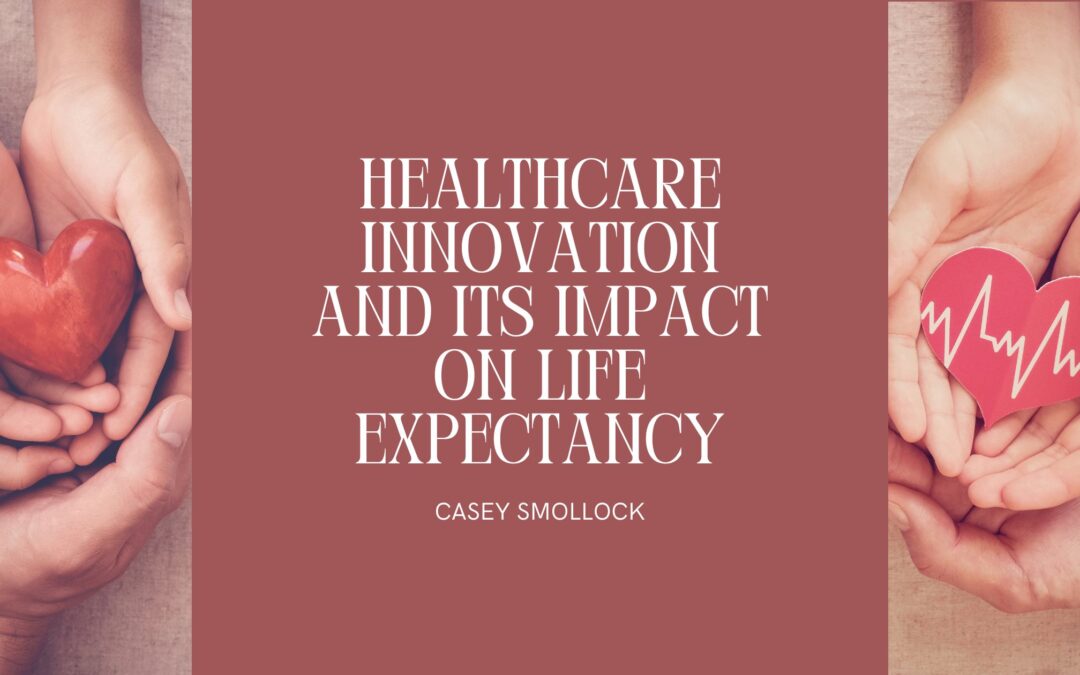Over the past century, healthcare innovations have transformed the landscape of medicine, playing a pivotal role in extending human life expectancy. Advances in diagnostics, treatment options, preventive care, and public health have collectively turned previously fatal conditions into manageable or curable diseases. These developments, combined with a better understanding of human biology and disease mechanisms, have revolutionized global health, enabling millions to live longer, healthier lives.
The Evolution of Life Expectancy
Historically, life expectancy was limited by high infant mortality, infectious diseases, and a lack of effective medical treatments. In the early 20th century, global life expectancy hovered around 30 to 40 years. Today, thanks to medical and healthcare innovations, it exceeds 70 years worldwide, with many developed nations reporting averages above 80.
This remarkable progress is rooted in several key healthcare innovations:
1. Vaccination Programs
The advent of vaccines has been one of the most significant medical breakthroughs in history. Vaccines have eradicated diseases like smallpox and drastically reduced the prevalence of others, such as polio, measles, and tuberculosis. Childhood immunization programs have saved millions of lives and significantly increased life expectancy by protecting populations from preventable diseases.
2. Antibiotics and Antimicrobials
The discovery of antibiotics, starting with penicillin in 1928, revolutionized medicine by providing effective treatments for bacterial infections. Conditions that were once lethal, such as pneumonia, tuberculosis, and syphilis, became treatable, reducing mortality rates and contributing to longer lifespans. The development of antifungal and antiviral medications further strengthened humanity’s ability to combat infectious diseases.
3. Advancements in Surgical Techniques
Modern surgical innovations, including minimally invasive techniques, robotic-assisted surgeries, and improved anesthesia, have enhanced patient outcomes and reduced recovery times. Procedures such as organ transplantation, cardiac bypass, and joint replacements are now routine, allowing patients to regain quality of life and longevity.
4. Preventive Healthcare
The shift towards preventive medicine has significantly impacted life expectancy. Screening programs for cancers, such as mammograms and colonoscopies, enable early detection and intervention. Preventive measures like statins for cardiovascular disease and antivirals for HIV have transformed outcomes for millions, turning chronic conditions into manageable diseases.
5. Chronic Disease Management
The rise of personalized medicine has been instrumental in managing chronic conditions such as diabetes, hypertension, and asthma. Advances in genomics and biotechnology have led to targeted therapies that are tailored to individual patients, improving efficacy and reducing side effects. For instance, insulin pumps and continuous glucose monitors have revolutionized diabetes care, enabling tighter glucose control and reducing complications.
6. Digital Health and Telemedicine
The integration of technology into healthcare has opened new frontiers for improving access and quality of care. Telemedicine has made healthcare accessible to remote and underserved populations, while wearable devices and mobile health apps empower individuals to monitor their health in real-time. Artificial intelligence (AI) is aiding in disease diagnosis, treatment planning, and predicting patient outcomes, further optimizing care delivery.
7. Public Health Interventions
Public health campaigns targeting smoking cessation, obesity, and substance abuse have had profound effects on life expectancy. Education on healthy lifestyles, combined with policies like clean water initiatives and sanitation improvements, has significantly reduced mortality rates from communicable and lifestyle-related diseases.
The Ripple Effect of Innovation
While technological and medical advancements have directly contributed to increased life expectancy, their effects extend beyond individual health outcomes. Improved healthcare leads to stronger economies, as healthier populations are more productive and incur lower healthcare costs. Families and communities benefit from the extended presence of loved ones, and societal progress accelerates as the focus shifts from merely surviving to thriving.
Challenges in Healthcare Innovation
Despite these advancements, challenges remain. Inequities in healthcare access mean that not all populations benefit equally from innovations. Rural and low-income communities often lack the infrastructure or resources to implement cutting-edge technologies. Additionally, the rise of antibiotic resistance and the global burden of non-communicable diseases underscore the need for continued investment in research and innovation.
Healthcare innovations also raise ethical and regulatory questions. For example, advancements in gene editing and artificial intelligence challenge traditional frameworks of medical practice and patient privacy. Ensuring that innovations are safe, effective, and equitable is critical to maximizing their potential impact on life expectancy.
The Future of Life Expectancy
Looking ahead, the convergence of technologies such as AI, genomics, and regenerative medicine promises further breakthroughs in extending life expectancy. Researchers are exploring potential cures for age-related diseases, developing therapies to slow the aging process, and even aiming to repair damaged tissues through stem cell technology.
Moreover, the global emphasis on addressing social determinants of health—such as education, housing, and nutrition—underscores the understanding that healthcare innovation must go hand-in-hand with societal progress.
Conclusion
Healthcare innovations have undeniably transformed human life expectancy, redefining what it means to age and live well. From eradicating diseases to managing chronic conditions, the strides made in medicine and public health are a testament to human ingenuity and resilience. As technology and science continue to evolve, the possibilities for enhancing life expectancy and quality of life are boundless. However, ensuring equitable access to these innovations will be essential for building a healthier, more sustainable future for all.

